Hanafuda, 花札, flower cards, traditional playing cards
Did you know that the Nintendo we all know and love started out as a company that made playing cards? Their original product was a set of hanafuda cards! Hanafuda are small, traditional Japanese cards featuring designs of flowers and seasonal motifs. Like our more familiar decks of playing cards, there are lots of different games and variations you can play with hanafuda. To this day, Nintendo still makes novelty hanafuda sets. So do several other companies in Japan. You can find decks featuring Super Mario Bros, Kirby, beloved movies like Spirited Away, and even a Pokemon set!
However, if you’d like your own free set, I’m here for you. I’ve created a muted, monochrome set based on the original designs but using the colour scheme from this blog I love so much. All you need to do is print out this PDF on heavy-weight card paper (I had blue and white so I used blue for the background side but plain white works just as well). Then glue each card sheet to one background sheet with stick glue, put a heavy weight on them to dry them flat (I used books), and then cut them out after 24 hours or so.
For game instructions, Wikipedia has your back. Enjoy your new hanafuda deck, and have fun!

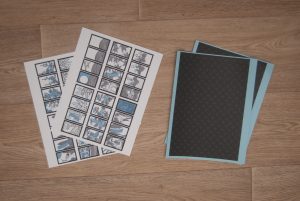
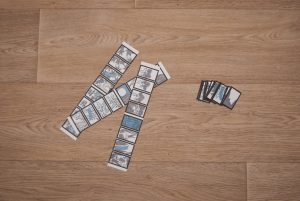
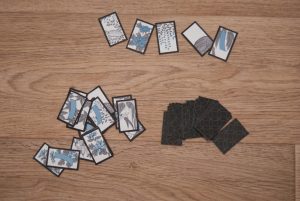
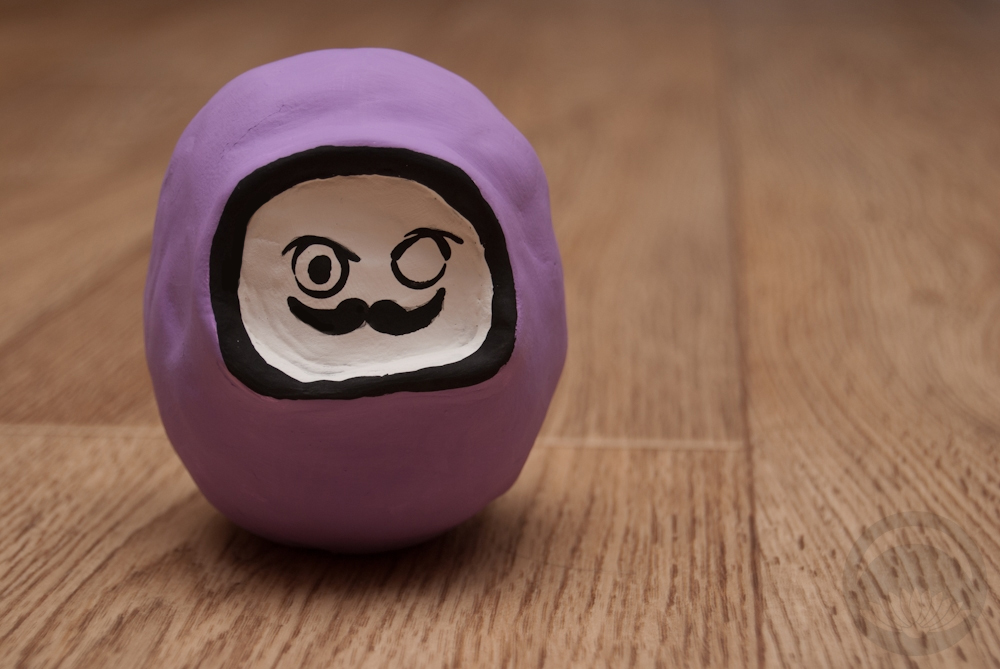
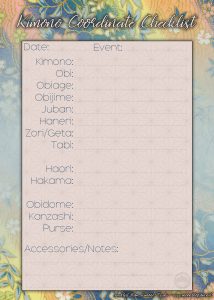
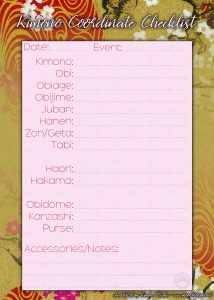
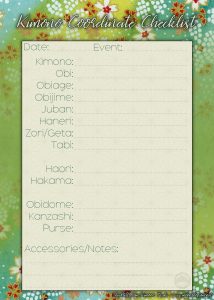
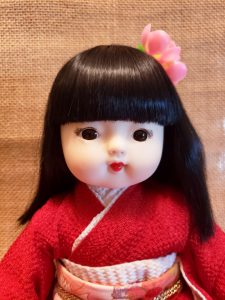
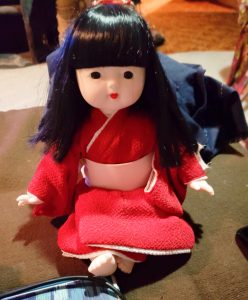
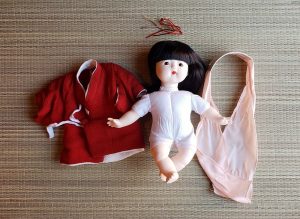

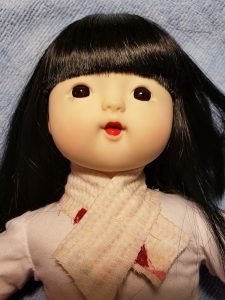

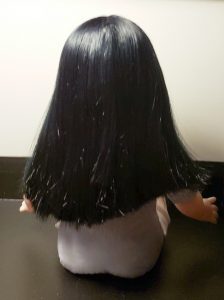
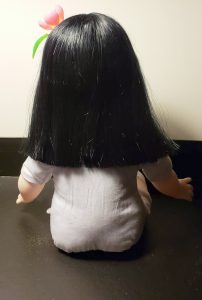
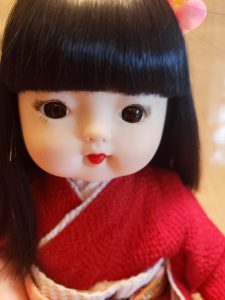
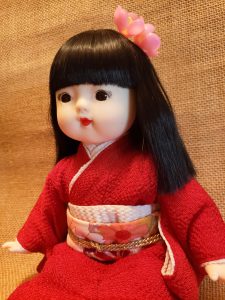
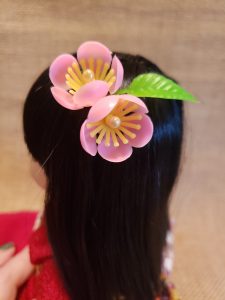
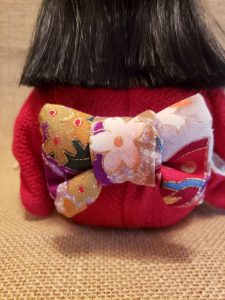
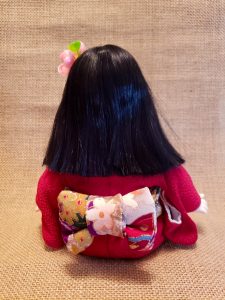

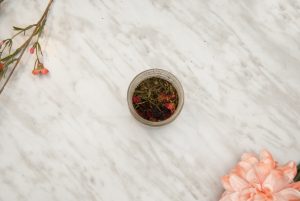
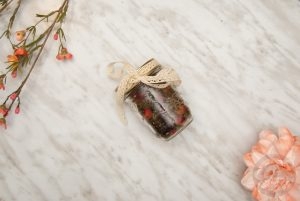
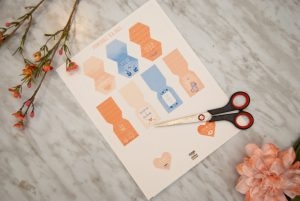
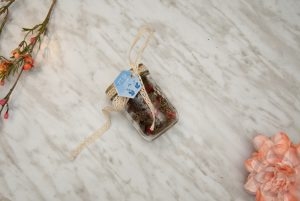
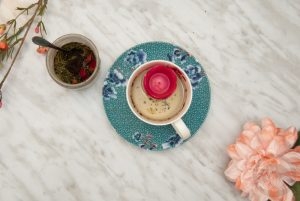
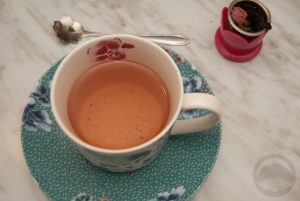
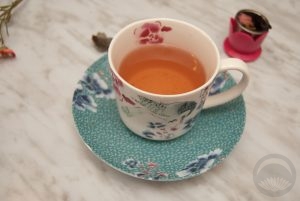
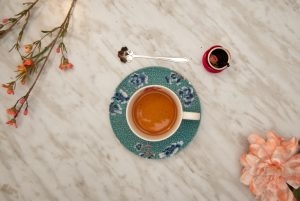











 Bebe Taian
Bebe Taian CHOKO Blog
CHOKO Blog Silk & Bones
Silk & Bones Gion Kobu
Gion Kobu